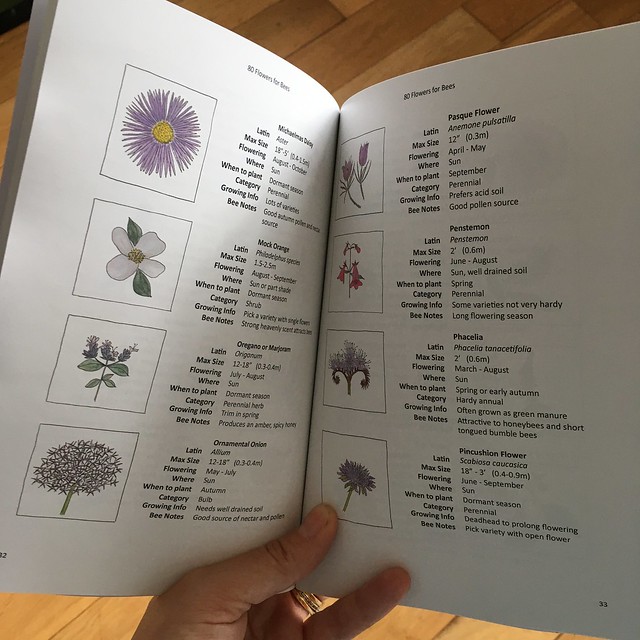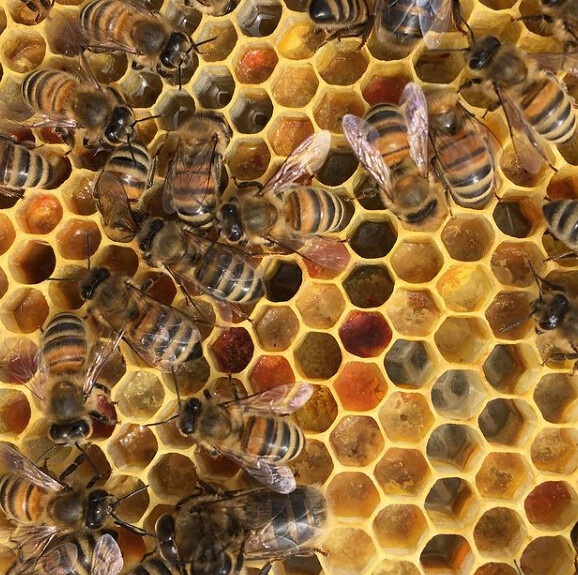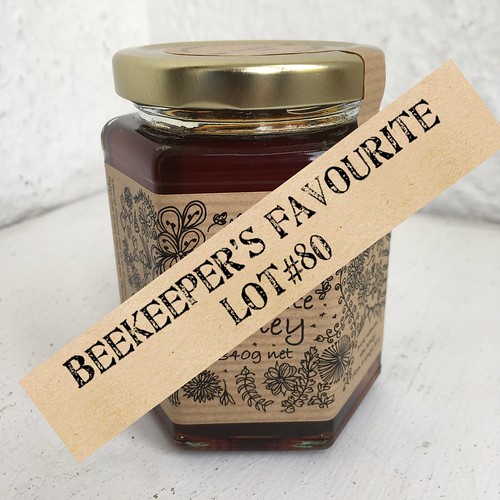I love to read and I get through a lot of books of all different genres. It’s fun to look back over the year and reflect on which books have stayed with me. Interestingly, some that I didn’t particularly rate while I was reading them keep popping back into my head and have changed how I think about things.
If I had to pick my favourite I’d have a tough choice between these two:

and

Both are very nature based, both are written by women who are scientists and both are beautifully written – weaving their lives and the work that they do together. I devoured each of them in a few days. They have both impacted the way that I look at the world and constantly pop into my head. I can’t recommend them enough!

This book was interesting too – it is a day by day diary of the seasons in the UK over 2020. It compares the changes in nature to the 72 mini seasons defined in Japanese culture. The author is a bird watcher, so it focuses mainly on which birds are around and what is in flower. Beekeepers tend to pay close attention to weather patterns as they affect our bees – so this was interesting to me. I wonder if I would have enjoyed it more if I’d read it over a year, reading the relevant chapter to match the actual date.

Very occasionally I read a novel that is so completely unlike any other novel that I’ve ever read. Piranesi is one of those books. It is dark, other wordly and extraordinary.

Somehow I only recently discovered that Tove Jansson, the writer of the Moomin books, also wrote for grown ups. I’ve been savouring them ever since! This is a short novel about a grandmother and her granddaughter, spending the summer on a remote island off Finland. It is absolutely delightful, witty and wise.
I’d love to know which books you have enjoyed this year – leave a comment below!
Transparency time – if you end up buying using the links in this post I will receive a tiny commission, at no extra cost to you.




























